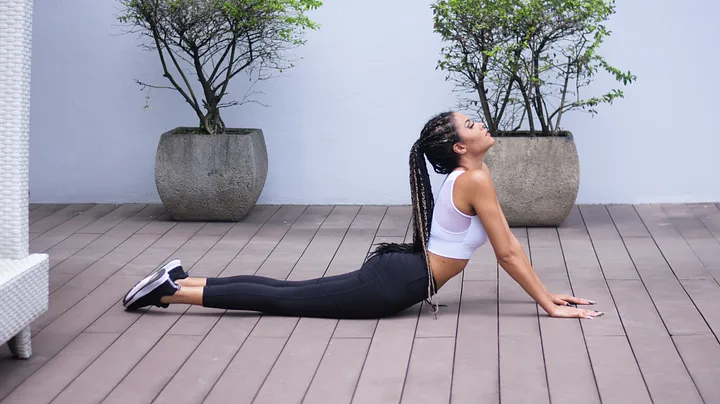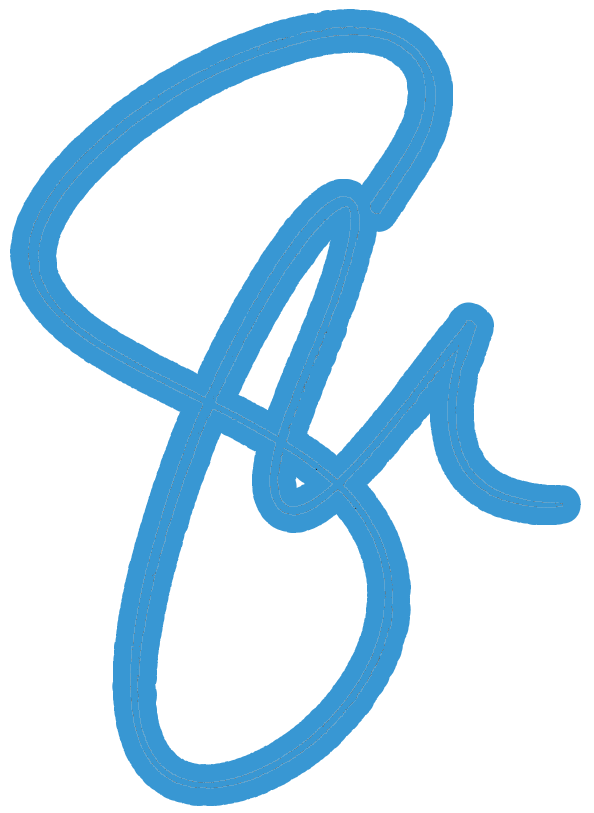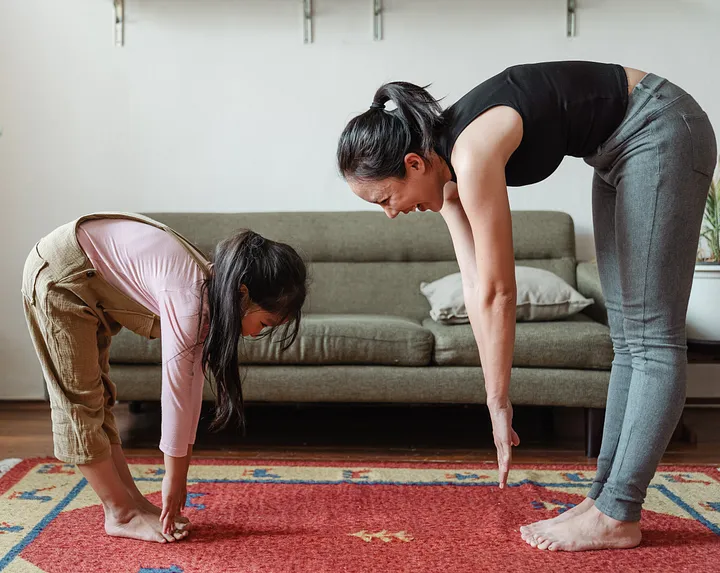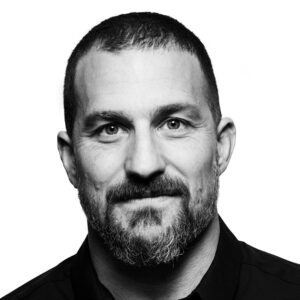I have been going to the gym for more than a decade, and I can assure you that picking a workout routine that can foolproof you will get the results is really, really hard. I learned that it’s a trial-and-error method.
As a beginner, you will make a couple of mistakes, but that’s OK — as long as it’s not something you will end up with for your whole life. Everybody is different, especially when it comes to building muscles, strength, and/or flexibility.
The fitness world is full of supplements to get the magic results overnight. That’s all overwhelming, and if someone is promising you to get the results fast, try to run in the opposite direction and never see that person again.
I always want to build new sustainable habits, so I have done 20+ 30-day challenges.
I’ll share what works for me, and I’m sure I’m making some mistakes; please correct me if I’m wrong, but, as I always say, don’t just point out where I’m wrong. I’d like to know what you recommend and why.
The following suggestions are based on my experiences and discussions with top-performing athletes and fitness trainers.
The key is understanding your goals — what you want to achieve — and then devising a plan to achieve them.
For example, my first goal is to maximize my energy, and that’s why I go to the gym, long walks, hikes, or do streneous exercises.
Everything else is secondary: abs, muscles, shape, beach body, …
Here are my findings with top experts’ help (discussions), especially from fitness trainers.
Overtraining means doing too much too soon
If you’re starting with high-frequency or high-intensity, that Jet from Gladiator feeling will wear off, and you’ll probably start to feel like a failure. Beyond the physicality, you’ll mentally feel like you’re on the back foot. — Hannah Lewin
It’s not uncommon for new exercisers to overdo it right away in today’s “all or nothing” culture.
Even people who have been inactive for decades attempt to run a half-marathon with little preparation. That’s what I did. I just tried to achieve my 3+ miles goal in a couple of days.
Trying to push through it will cost you an injury or the inability to participate in desired activities in the long run.
Suggestion: Make an appointment with a personal trainer or coach for a few sessions to ensure you’re doing the exercises correctly.
Not taking enough time to rest and recover
If you don’t give muscle tears time to heal, they just get bigger, and you end up with a lot of inflammation in your body. That can really compromise your immune system and sleep cycle and leave you feeling exhausted and tired. — Lewin
You must get enough rest for a workout to be effective over time.
The more intense your workout, the more recovery time you’ll need.
Suggestion: Take a step back if you feel like you’re doing too much too soon.
There is no shame in taking your time and slowing down.
It is also critical to replace lost calories. Consider eating a post-workout meal and drinking water within an hour or two of finishing a workout.
Saying no to stretching
When I first started exercising properly, I had no variety in my training. I neglected any of the stretch sequences in favour of early morning high-intensity workouts and my mobility was suffering. I felt stiff all the time and my functional movement was getting worse, not better. — Nancy Best, Personal Trainer
Stretching out on a regular basis is the best way to maintain your range of motion in the long run.
Stretching exercises, also known as flexibility training, require you to move your body in all directions.

They keep your tendons and ligaments pliable while also relaxing your muscles.
Suggestion: When stretching, hold a static stretch for at least 30 seconds because that is how long it takes a muscle or tendon to overcome its stretch reflex and increase flexibility.
Stretching like this improves circulation and muscle elasticity.
Saying no to warming up … or cooling down
Warming up prepares your body for exercise and helps prevent injury, skipped heartbeats, and premature fatigue, which is especially important if you’re doing high-intensity activities.
Cooling down also helps in the prevention of muscle soreness.
Suggestion: Focus on dynamic or moving warmups such as brisk walking or jumping jacks before a workout.
Any light activity that gets your muscles warm and makes you sweat is a good choice.
Simply concentrate on the muscles and body parts required for the workout. Static stretches held for at least 30 seconds are good cool-down exercises.
Over-Traning
Due to today’s all-or-nothing mentality, many beginners need to correct the mistake of over-training.
Some people rush into strenuous exercises, such as running a half-marathon ( I made this mistake and failed miserably), without proper preparation, which can result in injury and inability to continue.
It’s critical to understand that gaining muscle and losing fat isn’t as difficult as it appears and that pushing yourself too hard can cause more harm than good.
Overtraining can result in decreased performance, prolonged soreness, and an increased risk of injury.
Working out more does not always result in faster progress, so listen to your body and find a balance that works for you.
Suggestion:
1.Begin with a warmup of 5–15 minutes, such as jumping jacks.
2.Perform three sets of 10–15 reps of one or two compound exercises, such as squats or push-ups.
- After that, perform three sets of 10–12 reps of one or two isolation exercises, such as bicep curls.
- Finish with a 5–15 minute stretch.
Setting lofty goals
Setting lofty goals, like overdoing them in the gym, can backfire.
Yes, I truly believe that setting goals for yourself is essential for gym success. You would be lost if you didn’t have any.
However, you should set achievable goals, given your current fitness level. You may have to start small if you want to lose 10 pounds, add even merely 5 pounds to your bench press, or run a mile in under eight minutes.
Instead, divide them into smaller, more manageable goals.
Taking on massive goals will result in failure and disappointment.
You’ll quickly become frustrated and deplete your willpower, especially if you are a beginner.
Cutting out carbs

I would say you don’t cut carbs out of your diet if you want to get stronger or build muscle.
Carbohydrates are the most efficiently processed macronutrient by your body, and they provide quick energy for your muscles during workouts.
When you eat carbs before a workout, you can increase your muscle glycogen stores, where your body gets energy to perform strenuous tasks.
Carbs also help your body with the repair and recovery process after workouts.
Having improper form
Most injuries at the gym are caused by improper form and bad angles while performing exercises.
This is one of the most common workout mistakes, especially among beginners and those who do not seek professional or trainer assistance.
It is pointless to exercise while maintaining poor form.’
There are numerous mobile apps and online articles that can assist you in correcting your posture. I highly recommend watching a YT video to correct your form.
Believing like me that crunching is the backbone to get beach abs
It’s true; at least for me, crunches are effective for losing belly fat, but there are numerous other workouts that are equally effective.
Crunches, in particular, do not effectively target the mid-belly and obliques.
Don’t just focus on one exercise and keep doing it. Change things up and listen to what your body is telling you.
Suggestion: If you want to get abs, work on them from every angle. I suggest taking a couple of sessions with a nutritionist to understand your fuel intake. Abs are indeed made in the kitchen, not the gym.
No consistency
A perfect workout program that you never follow is useless for your gain.
Whatever program you follow, consistency is king.
Don’t let the lack of time, energy, or inclination to follow a “perfect” workout plan prevent you.
The only way to see real results is to be consistent over time.
Suggestion: Expect to wait 3–6 months after starting any program before seeing results.
However, you will need to maintain your fitness throughout your life, so find a sustainable workout routine. I love to go on long walks and hikes. That’s what I prefer, and it’s sustainable for me.
Book recommendation: Muscle Myths: 50 Health & Fitness Mistakes You Don’t Know You’re Making (amazon affiliate link)
Thank you for reading; follow me and clap a couple of times.




